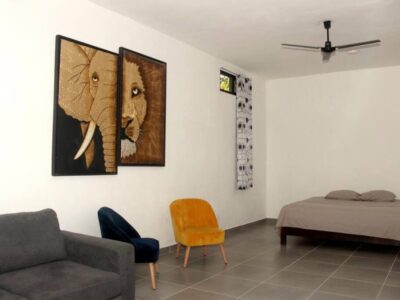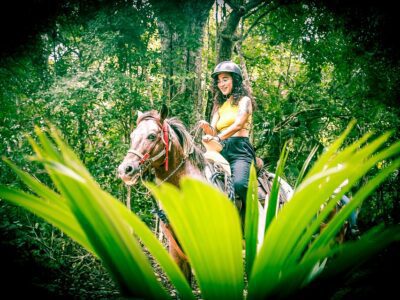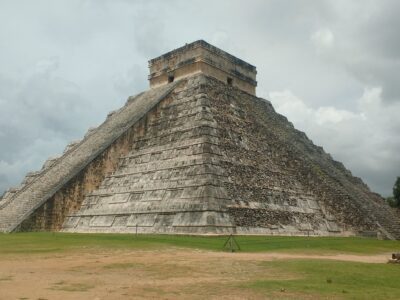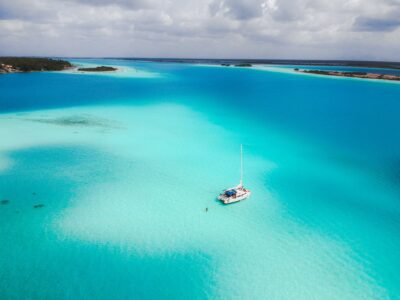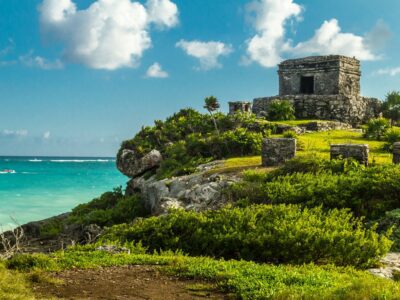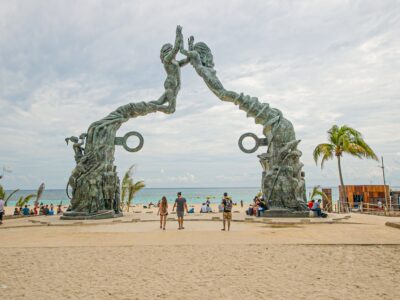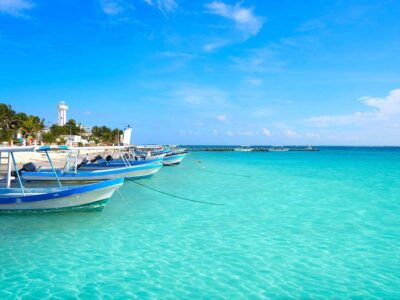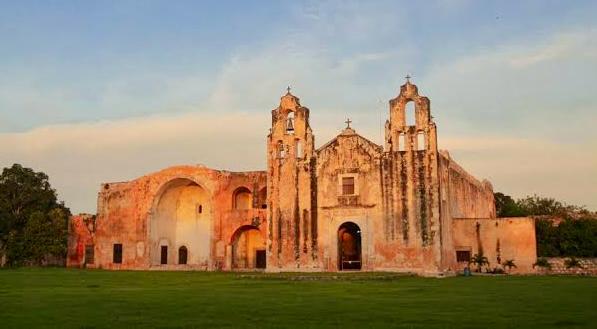July 12, 1562, marked a significant and tragic episode in the history of the Yucatan Peninsula: the Maní auto de fe. This event, directed by Friar Diego de Landa, represents one of the most notorious manifestations of religious and cultural intolerance during the Spanish colonization of America.
An Auto de Fe (or Act of Faith) was a public ceremony held during the Spanish Inquisition to pronounce sentences on individuals accused of heresy or other religious crimes. These events typically took place in large public spaces, often with much spectacle and ritual.

The arrival of the Spanish in Yucatán in the 16th century brought with it a process of evangelization promoted by the Catholic Church. The Church sought to eradicate Mayan religious practices considered “heresies” under Christian canons. Diego de Landa, who would later become bishop of Yucatán, led this effort as a Franciscan missionary.
In his fervor to consolidate Christianity, Landa perceived that the Mayans continued to practice religious rituals in secret, even after being baptized. This led him to undertake a campaign of cultural and religious repression that culminated in the Maní auto de fe.
In the convent of San Miguel Arcángel, in Maní, Diego de Landa organized a public trial in which numerous idols, codices, and other sacred objects of the Mayan culture were destroyed. In Landa’s words, “we burned a large number of books because they had nothing in which there was not superstition and falsehoods of the devil.”
The magnitude of the destruction was immense. The codices considered invaluable sources of knowledge about astronomy, mathematics, history, and Mayan spirituality, were reduced to ashes. This act meant the irreparable loss of much of the Mayan cultural legacy.
In addition to the burning of objects, numerous indigenous people were subjected to interrogations under torture to confess their religious practices. The techniques used included physical and psychological torment, which showed the brutality of the measures adopted by Landa and his followers.

Maní’s auto de fe was criticized even in its time. Landa faced complaints before ecclesiastical and civil authorities, forcing him to travel to Spain to defend himself. Although he was initially censured for his methods, he was later acquitted and returned to Yucatán as bishop.
For the Mayans, the event marked a moment of cultural subjugation and loss of identity. However, some religious traditions survived underground, merging with elements of Christianity to give rise to a religious syncretism that persists to the present day.
Maní’s auto de fe is remembered as an emblematic example of the destructive effects of cultural colonialism. Contemporary studies, supported by archaeological and ethnohistorical research, have tried to reconstruct part of the lost knowledge through surviving codices and oral traditions.

Today, Maní is a small but vibrant municipality in Yucatán that combines history, culture, and tradition, being a prominent point within the so-called Puuc Route. Despite its tragic past, the town has managed to preserve and enhance its cultural identity, becoming an attraction for visitors interested in Mayan and colonial history.
The main icon of Maní is the Convent of San Miguel Arcángel, the same setting where the auto de fe took place in 1562. This imposing 16th-century building stands out for its Franciscan architecture, with a wide atrium and thick walls that evoke the colonial era. Inside, visitors can admire historical frescoes and a mix of indigenous and Spanish influences that can be seen in the ornamental details.

In the gastronomic field, Maní is famous for its traditional food, the “relleno negro” and poc-chuc stand out.
Maní has a variety of activities for those seeking a deeper contact with nature and history. Its surroundings offer ecological trails, henequen plantations, and the possibility of visiting nearby cenotes. In 2020, Maní was included in the Magical Towns of Mexico program, a recognition of its cultural wealth and hospitality.

Far from being just a place of historical memory, Maní is today a space that invites us to reflect on the past while celebrating the vitality of indigenous and mestizo communities. Those who visit Maní not only find a tourist destination, but a window to the richness of the Mayan culture and its capacity for resistance and adaptation throughout the centuries.
By Roberto García Hidalgo for The Yucatan Times.
TYT Newsroom
The post The Auto de Fe of Maní, Yucatán, 1562: A dark chapter of colonial history first appeared on The Yucatan Times.

